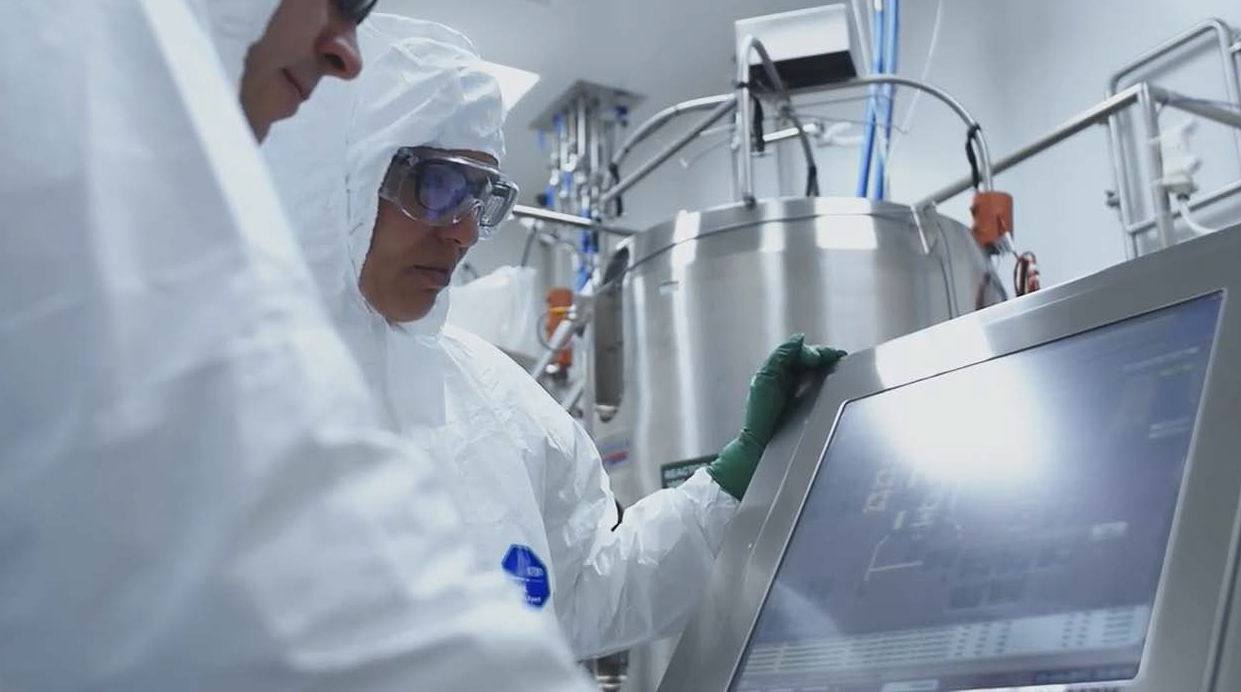The global pharmaceutical portfolio today reflects a greater prevalence of large molecule drugs, expansion in the number of personalized products, and a rise in orphan disease treatments. Over 1,000 biologics have been approved worldwide and more than 8,000 are in development to help address unmet healthcare needs.
To meet therapy production demands, the industry needs to have the right capacity, in the right locations. Increasingly, single-use technologies are being seen as the solution to flexibly and cost-effectively address many of the challenges around creating biologics manufacturing capacity. And it’s the fastest way to bring capacity online.
If you, as a pharmaceutical company or contract manufacturing organization, are looking to produce biologics using single-use technologies, there are many ways to approach the challenge of creating cGMP biomanufacturing capacity.
Contract development and manufacturing organization Fujifilm Diosynth identified five key considerations to inform their biologics manufacturing capacity expansion plans. Having already successfully implemented Cytiva’s BioProcess single-use platform at their site in North Carolina, USA, they decided to duplicate this capacity at their Billingham, UK, site.
Working in close partnership with Cytiva, Fujifilm Diosynth was able to bring online the UK’s first cGMP single-use manufacturing facility in just 14 months. Details of how the options were assessed and the secrets to their success can be found below.
5 key considerations for successfully creating cGMP single-use biomanufacturing capacity
1) Assess manufacturing needs
In selecting a biomanufacturing platform, it's necessary to properly understand what the industry needs are and what aspect, or aspects, of the drug development and clinical pathway you intend to support with your new manufacturing capacity. How flexible does your capacity need to be? Do you have existing capacity that you can build upon? Having a rigorous selection and assessment criteria will ensure you make the right decision.
2) Understand local requirements
If you have decided to add capacity in-house, you need to consider which location enables you to most efficiently and effectively meet demand. Having knowledge of the local operating environment as well as regulatory considerations is vital. Where you don’t have this knowledge in-house, finding a supplier with first-hand experience operating in that region can help fast track your project.
3) Evaluate the technology platform
In deciding which single-use platform to choose, reliability and robustness are fundamental requirements. Beyond process performance, it is important to consider how control systems and automation come into play, how easy it is to implement the platform, and if the design is flexible enough to support varying production volumes.
4) Determine supplier capabilities
Expanding biomanufacturing capacity is a complex process, requiring expert input from a wide range of disciplines. Choosing a supplier with a strong quality and supply track record, as well as broad technology platform and deep bioprocessing expertise, will simplify the entire process. To be a credible partner, they need to be able to provide technical insight, understand your processing needs, be experienced in facility design, provide advanced operator training, and offer the right level of support to bring your capacity online faster.
5) Plan for the future
It’s not enough to consider manufacturing capacity requirements at a single point in time. You have to be thinking about how you can modify and future-proof that capacity to ensure it remains flexible to meet future needs. The plug-and-play nature of single-use enables you to incorporate new technologies and innovations into the process workflow as they become available. But beyond the flexibility of the single-use platform, you need to consider a range of other factors to ensure your capacity will meet your long-term needs.
- Read insights from biopharmaceutical manufacturers and industry thought leaders on single-use technology.
- Download the e-book - Evolve with flexibility: Advancing single-use technology with industry collaboration.
- See how single-use technologies compare to stainless steel when expanding biologic manufacturing capacity.
- Review key variables to consider for capacity expansion with single-use
- Single-use and sustainability: Learn how single-use products reduce your environment impact
- Discover how Cytiva’s extractables and leachables policy aligns with the BPOG protocol – read the white paper
- Learn how to make bioprocessing faster, more efficient, and economical – view Cytiva’s single-use portfolio for the bioprocess spectrum.
